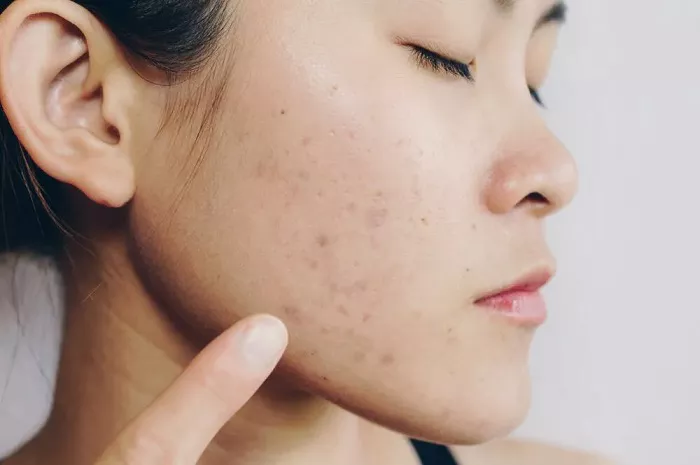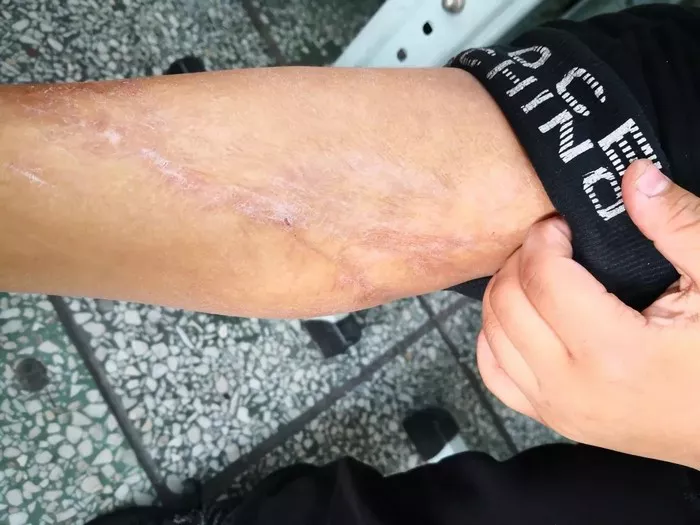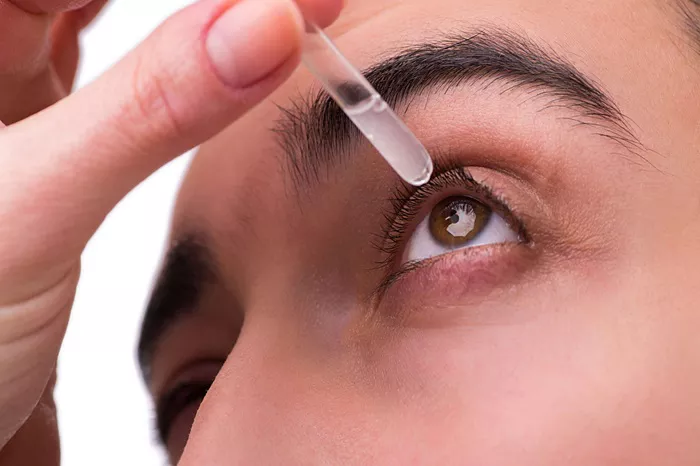Pimple marks, also known as acne scars or post-inflammatory hyperpigmentation, can be a source of frustration and self-consciousness for many individuals. Fortunately, a variety of products are available on the market designed to target and reduce the appearance of these marks, helping to restore smooth, even-toned skin. In this comprehensive guide, we’ll explore the factors to consider when choosing the best product for pimple marks, examine the various treatment options available, and provide recommendations for achieving clearer, blemish-free skin.
Understanding Pimple Marks: Causes and Types
The Impact of Acne on Skin
Acne is a common skin condition characterized by the formation of pimples, blackheads, and whiteheads due to the clogging of hair follicles with oil and dead skin cells. When acne lesions heal, they can leave behind residual marks or scars on the skin, which can vary in appearance depending on factors such as skin type, severity of the acne, and individual healing process.
Types of Pimple Marks
Pimple marks can manifest in different forms, including:
Hyperpigmentation: Dark spots or patches on the skin caused by an overproduction of melanin in response to inflammation or injury.
Atrophic Scars: Depressed or pitted scars resulting from the loss of underlying skin tissue during the healing process.
Hypertrophic Scars: Raised or thickened scars that develop when the body produces too much collagen during wound healing.
Factors to Consider When Choosing a Product for Pimple Marks
Skin Type and Sensitivity
It’s essential to consider your skin type and sensitivity when selecting a product for pimple marks. Individuals with sensitive or acne-prone skin may benefit from gentle, non-comedogenic formulations that are less likely to cause irritation or breakouts.
Ingredient Composition
Look for products formulated with ingredients known to target hyperpigmentation and promote skin healing, such as:
Vitamin C: A potent antioxidant that helps brighten the skin and reduce the appearance of dark spots.
Retinoids: Derivatives of vitamin A that stimulate collagen production and promote cell turnover, improving the texture and tone of the skin.
Alpha Hydroxy Acids (AHAs): Chemical exfoliants that help remove dead skin cells and promote cell renewal, leading to smoother, more even-toned skin.
Niacinamide: Also known as vitamin B3, niacinamide helps reduce inflammation, regulate sebum production, and improve skin texture.
Hyaluronic Acid: A humectant that helps hydrate and plump the skin, reducing the appearance of fine lines and wrinkles.
Treatment Goals
Consider your specific treatment goals when selecting a product for pimple marks. Are you primarily concerned with reducing hyperpigmentation, improving skin texture, or minimizing the appearance of scars? Tailoring your product selection to address your individual needs can help maximize results and achieve clearer, more radiant skin.
Top Products for Treating Pimple Marks
1. Vitamin C Serums
Vitamin C serums are a popular choice for targeting hyperpigmentation and brightening the skin. Look for serums formulated with stable forms of vitamin C, such as L-ascorbic acid or tetrahexyldecyl ascorbate, which penetrate the skin more effectively and deliver optimal results.
2. Retinoid Creams
Retinoid creams, available in both prescription and over-the-counter formulations, are effective for improving skin texture and reducing the appearance of acne scars. Start with a lower concentration of retinoids to minimize the risk of irritation, and gradually increase the strength as tolerated.
3. Chemical Exfoliants
Chemical exfoliants containing AHAs, such as glycolic acid and lactic acid, or BHAs (beta hydroxy acids), such as salicylic acid, help promote cell turnover and reduce hyperpigmentation. Begin with a lower concentration and gradually increase frequency as your skin adjusts.
4. Niacinamide Serums
Niacinamide serums are well-suited for individuals with sensitive or acne-prone skin, as they help reduce inflammation, regulate sebum production, and improve overall skin health. Look for serums containing niacinamide as a key ingredient for maximum efficacy.
5. Silicone Gel Sheets
Silicone gel sheets are an effective option for treating raised or hypertrophic scars. These sheets create a protective barrier over the scar, helping to flatten and soften its appearance over time. They are particularly useful for scars on the body, such as those resulting from surgery or trauma.
Incorporating Pimple Mark Products into Your Skincare Routine
Cleanse and Prep
Start by cleansing your skin with a gentle, non-comedogenic cleanser to remove dirt, oil, and impurities. Follow with a toner to balance the skin’s pH and prepare it for the application of treatment products.
Apply Treatment Products
Apply your chosen pimple mark treatment products according to the manufacturer’s instructions. Start with a small amount and gradually increase the frequency or concentration as tolerated. Allow each product to fully absorb before applying the next layer.
Moisturize and Protect
Finish your skincare routine with a lightweight, non-comedogenic moisturizer to hydrate and protect the skin. Apply a broad-spectrum sunscreen with SPF 30 or higher during the day to shield the skin from harmful UV rays and prevent further sun damage, which can exacerbate hyperpigmentation.
Conclusion: Achieving Clearer, Healthier Skin
Pimple marks can be a stubborn and frustrating skincare concern, but with the right products and treatment approach, clearer, healthier skin is within reach. By considering factors such as skin type, ingredient composition, and treatment goals, you can select the best product for pimple marks and incorporate it into your skincare routine effectively. With consistency and patience, you can diminish the appearance of pimple marks and unveil a smoother, more radiant complexion.
[inline_related_posts title=”You Might Be Interested In” title_align=”left” style=”list” number=”6″ align=”none” ids=”5959,5909,5904″ by=”categories” orderby=”rand” order=”DESC” hide_thumb=”no” thumb_right=”no” views=”no” date=”yes” grid_columns=”2″ post_type=”” tax=””]

































